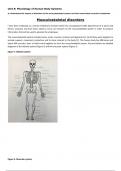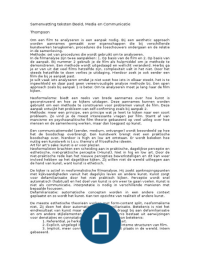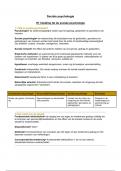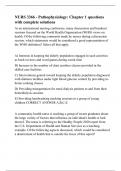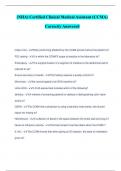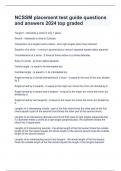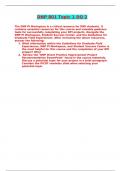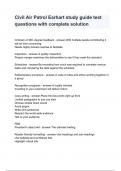Essay
BTEC Applied Science Unit 8A - Musculoskeletal system (Distinction)
- Vak
- Instelling
- Boek
Exemplar assignment for Unit 8A, the first assignment of Unit 8 in BTEC Level 3 Applied Science, which is about the musculoskeletal system and how musculoskeletal disorders affect its normal functions. This assignment was awarded a DISTINCTION. If you take anything from this assignment, please p...
[Meer zien]
